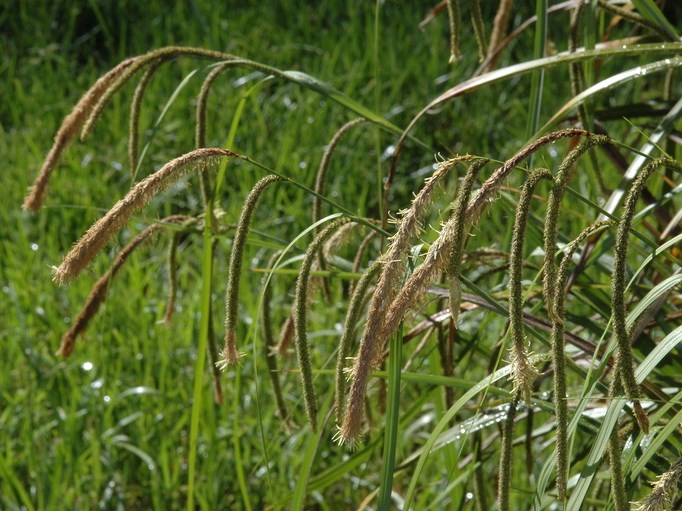Created on: Friday, Mar 25th, 2016
The US Dept of Agriculture Plant Protection and Quarantine program wrote a risk assessment for Carex pendula in 2013 for proposed addition to the federal noxious weed list. Their full evaluation is available under Weed Risk Assessments at https://www.aphis.usda.gov/aphis/ourfocus/planthealth/plant-pest-and-dis.... Their conclusion was Evaluate Further (i.e. no firm conclusion about invasiveness). USDA estimated that 70% of the US is suitable climate for this species and it is likely to invade primarily riparian areas.
Jepson: http://ucjeps.berkeley.edu/eflora/eflora_display.php?tid=80276
Reviewed by Eric Wrubel and Alison Forrestel, Golden Gate National Recreation Area
- < 13 : accept (low risk of invasiveness)
- 13 - 15 : evaluate further
- > 15 : reject (high risk of invasiveness)

